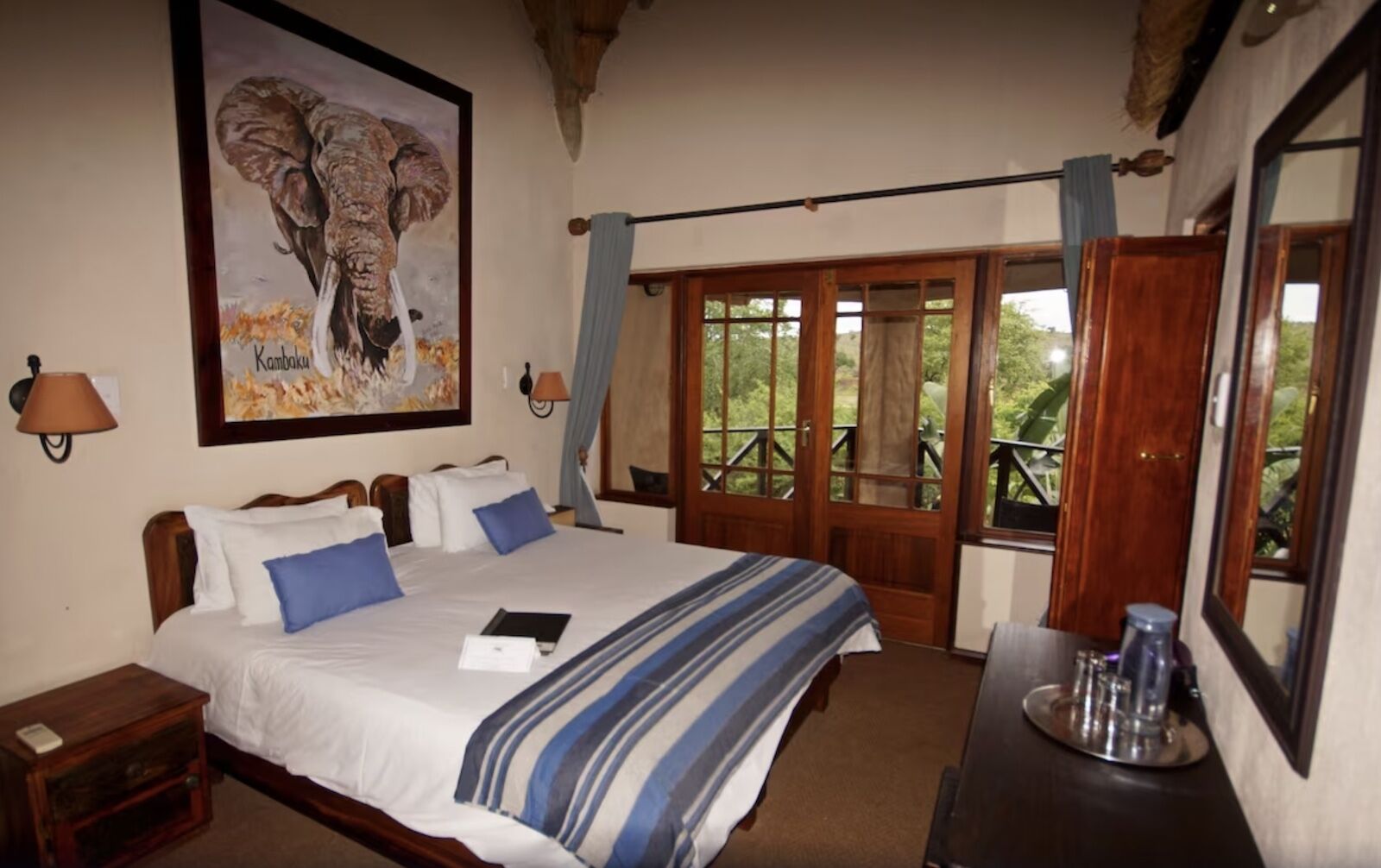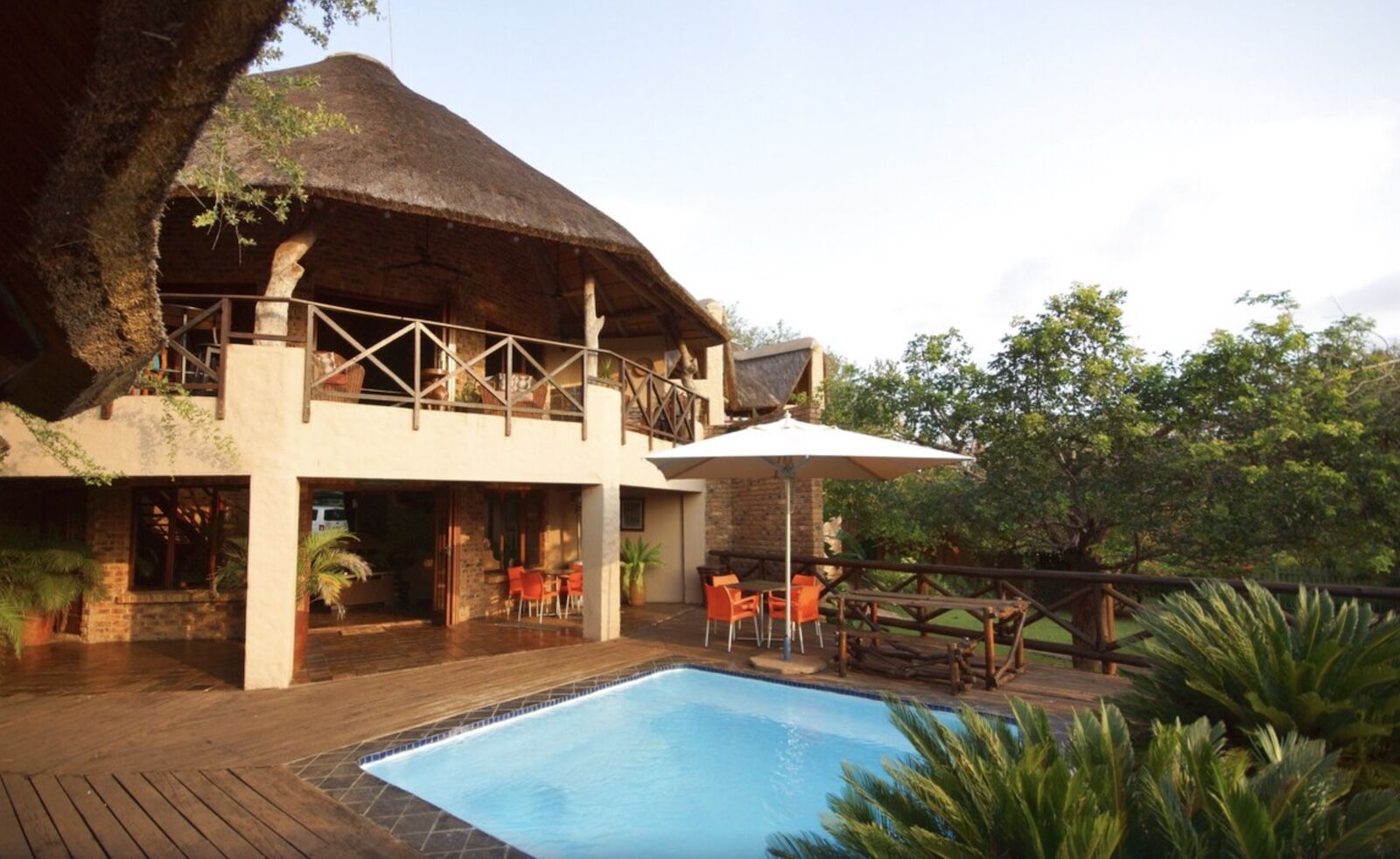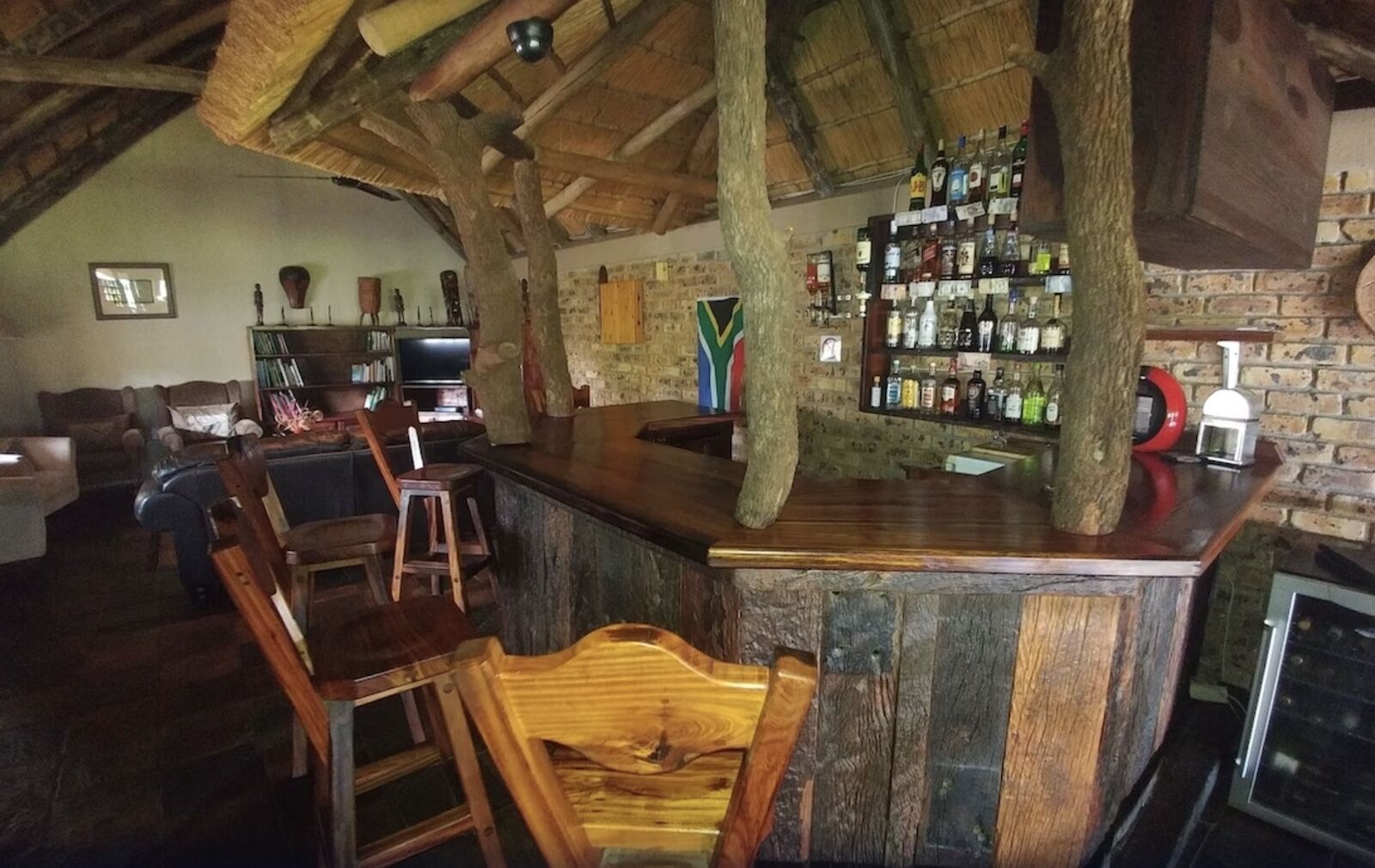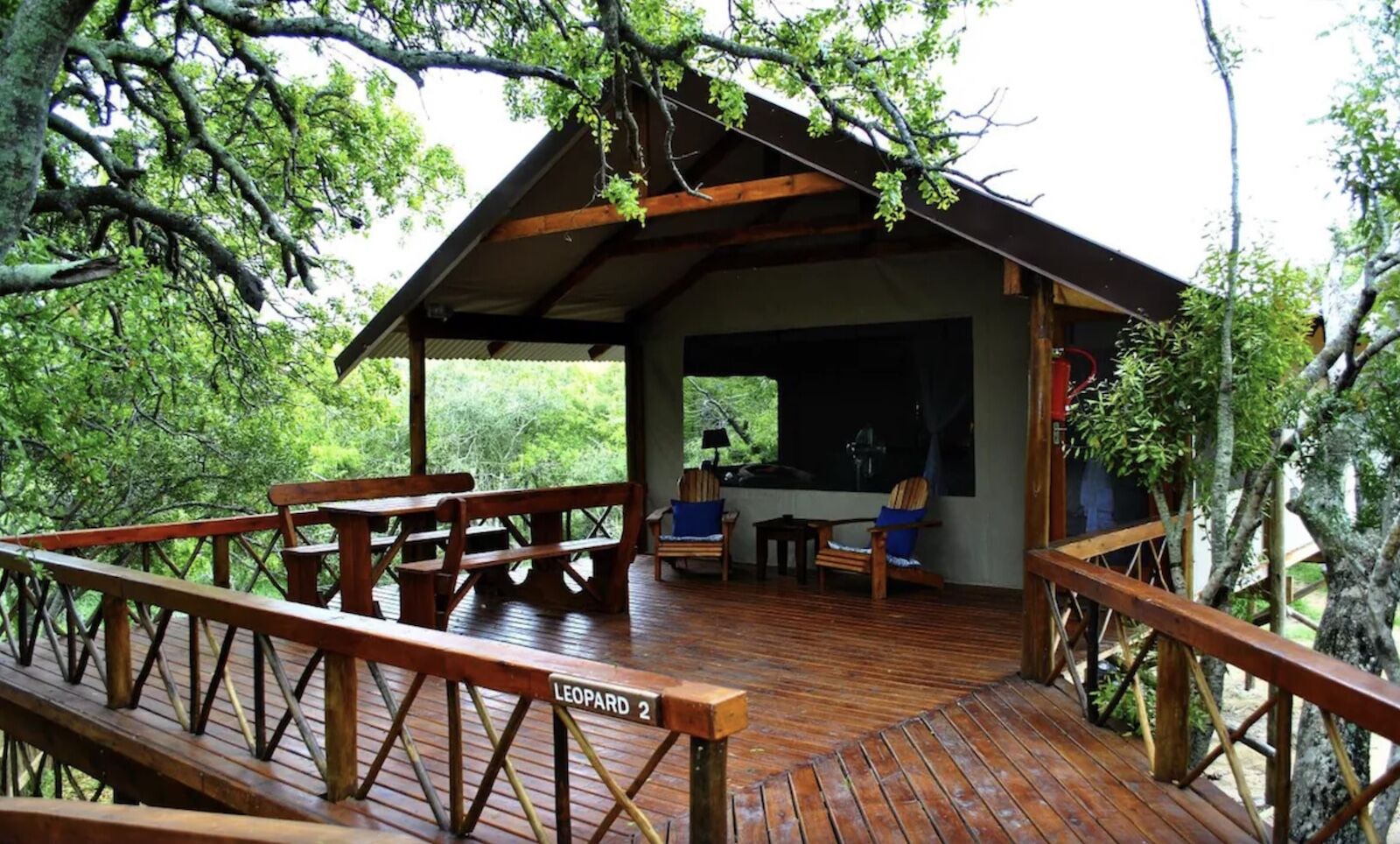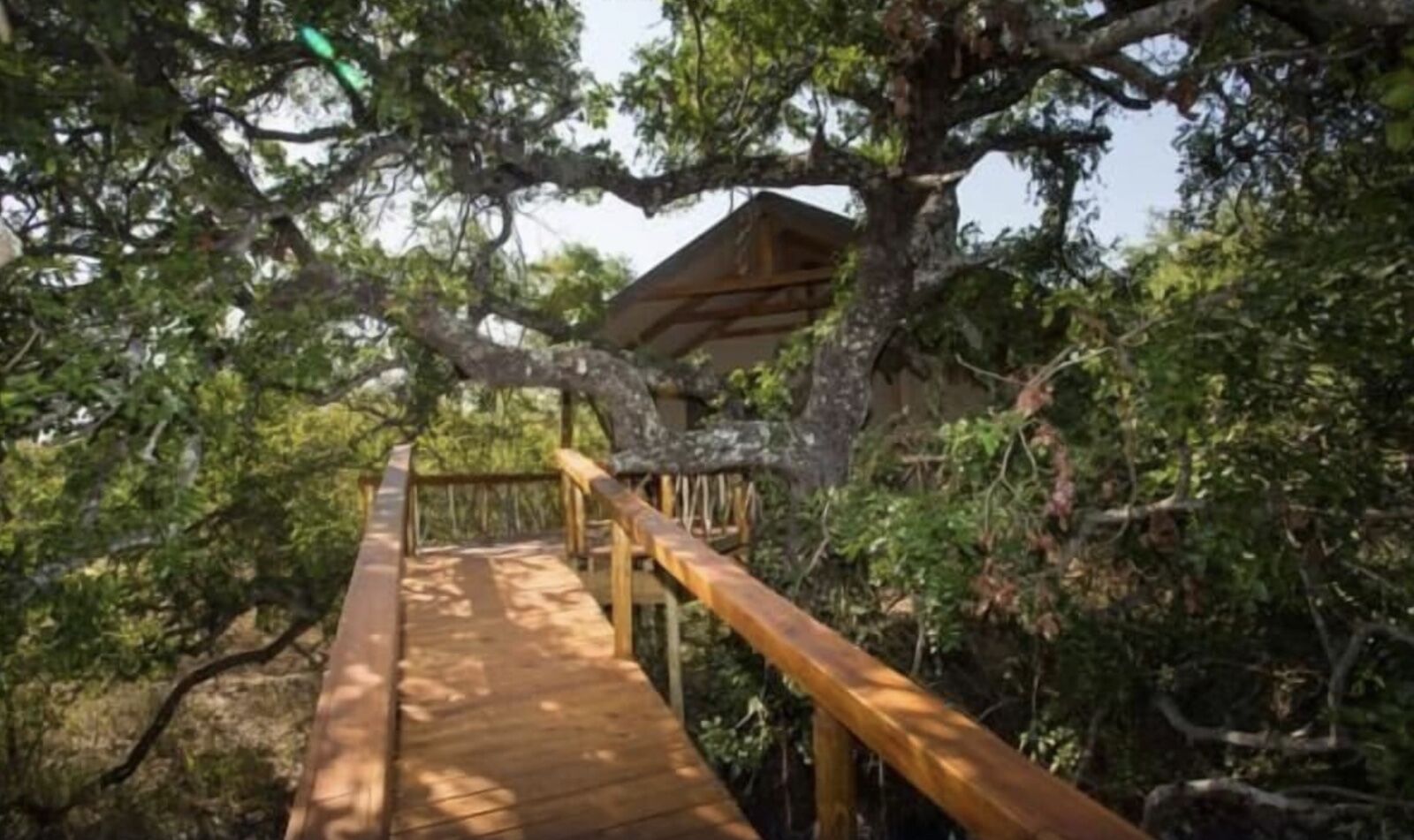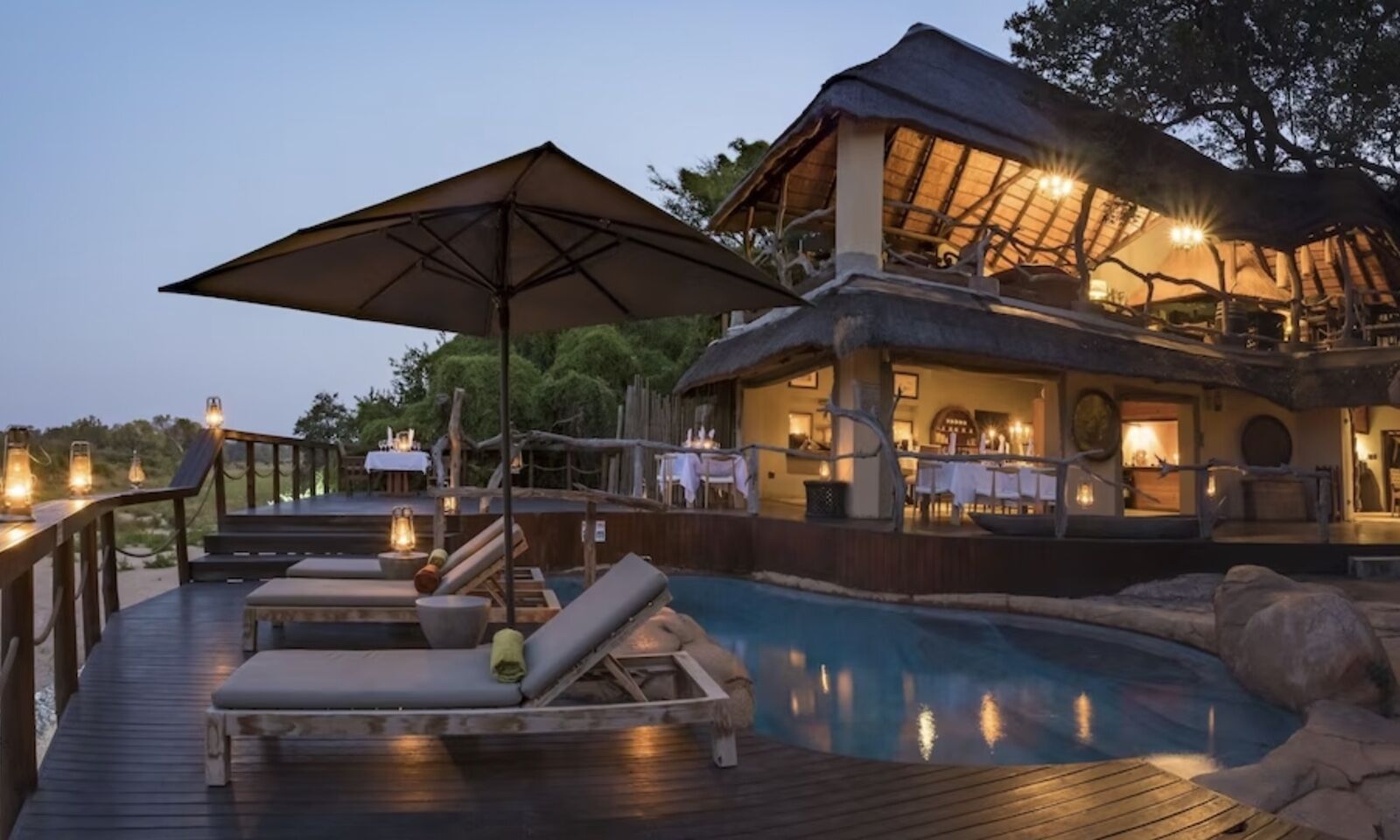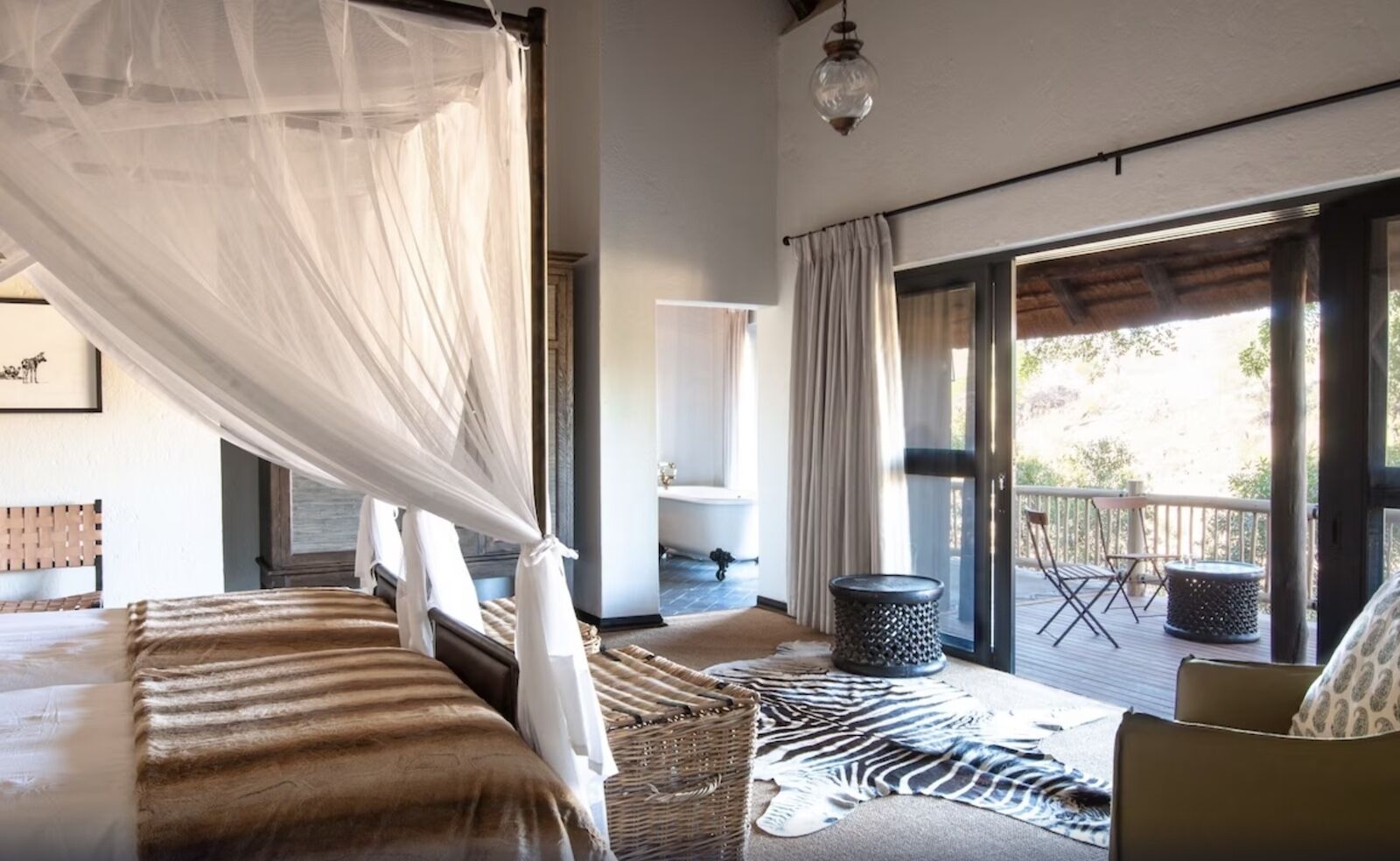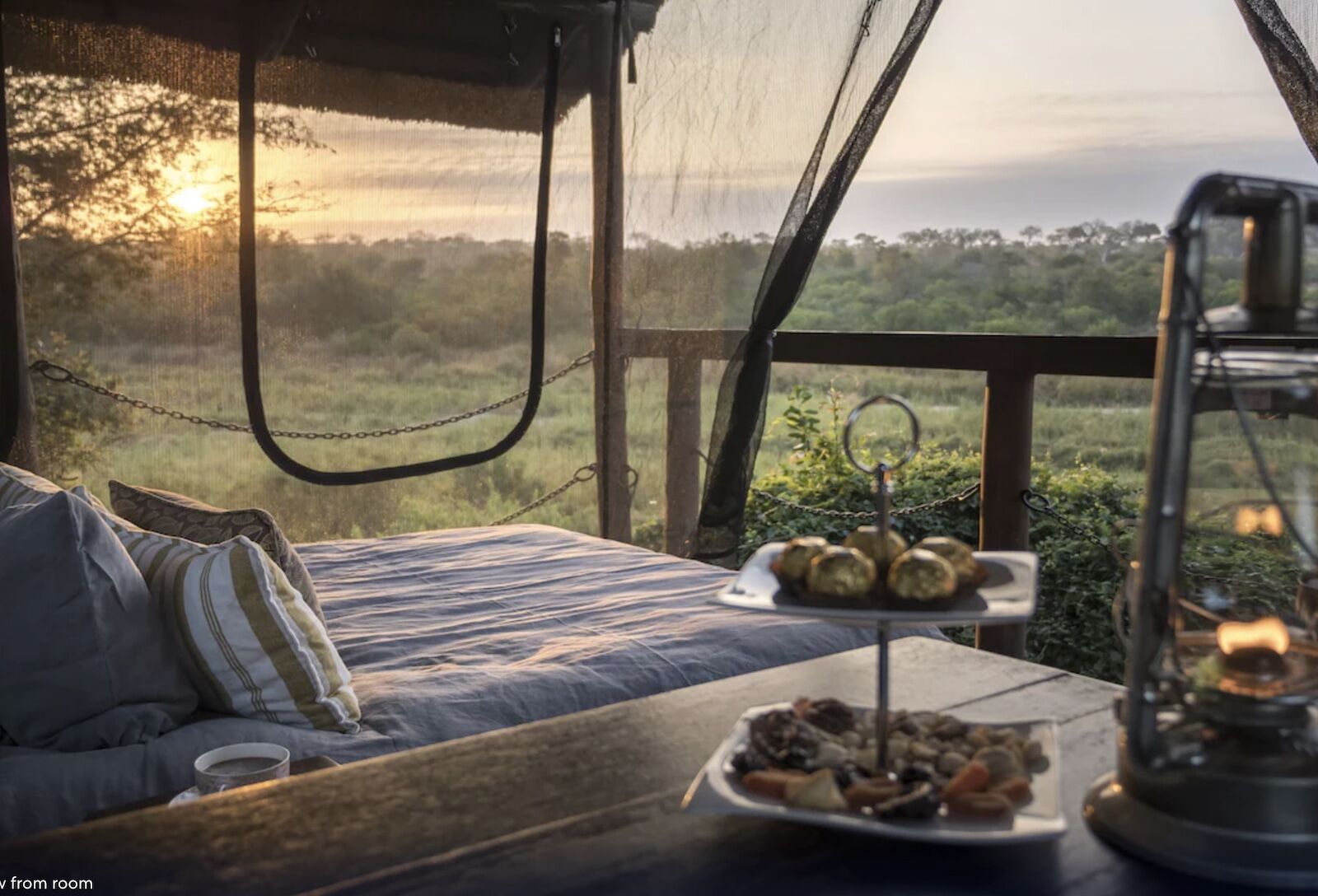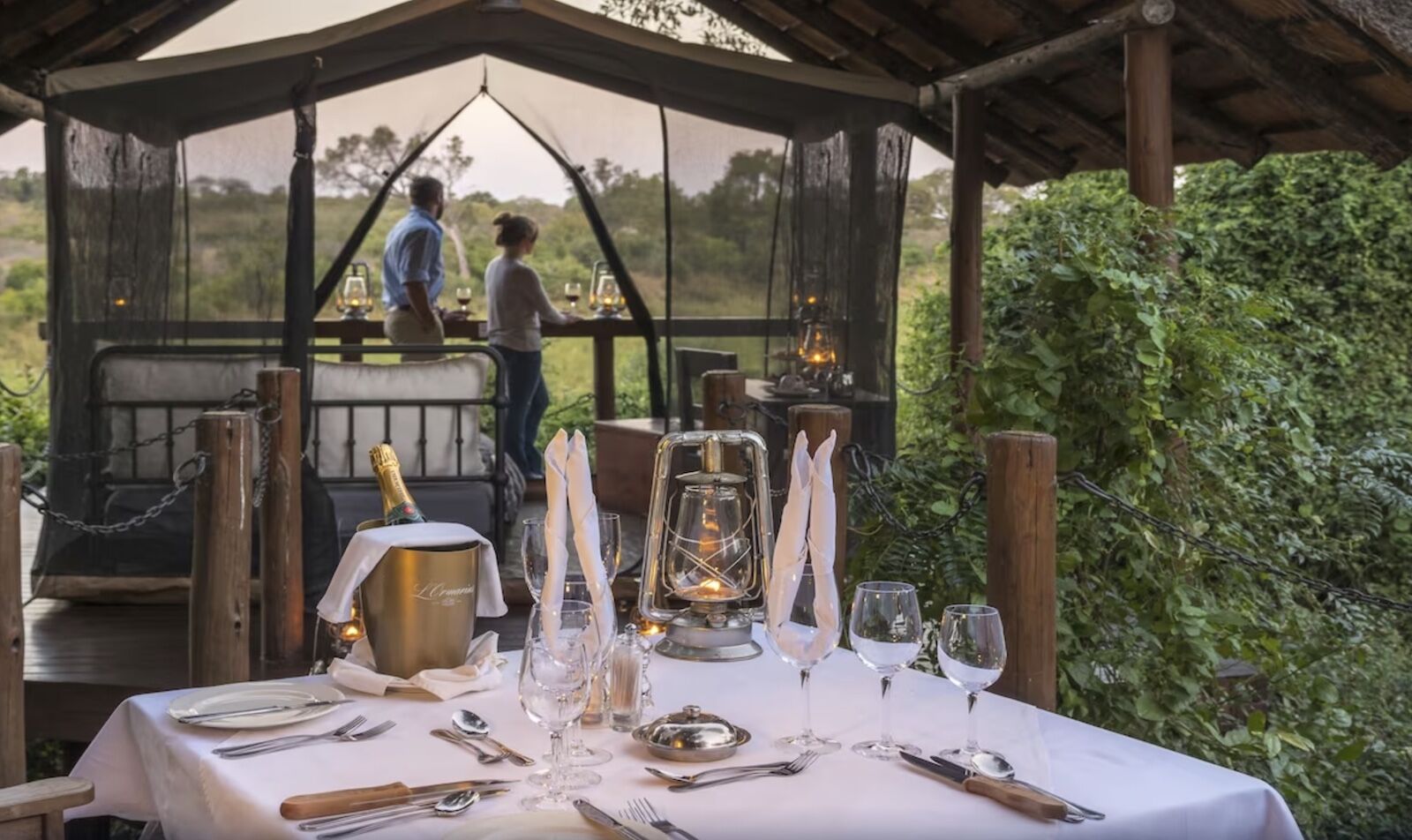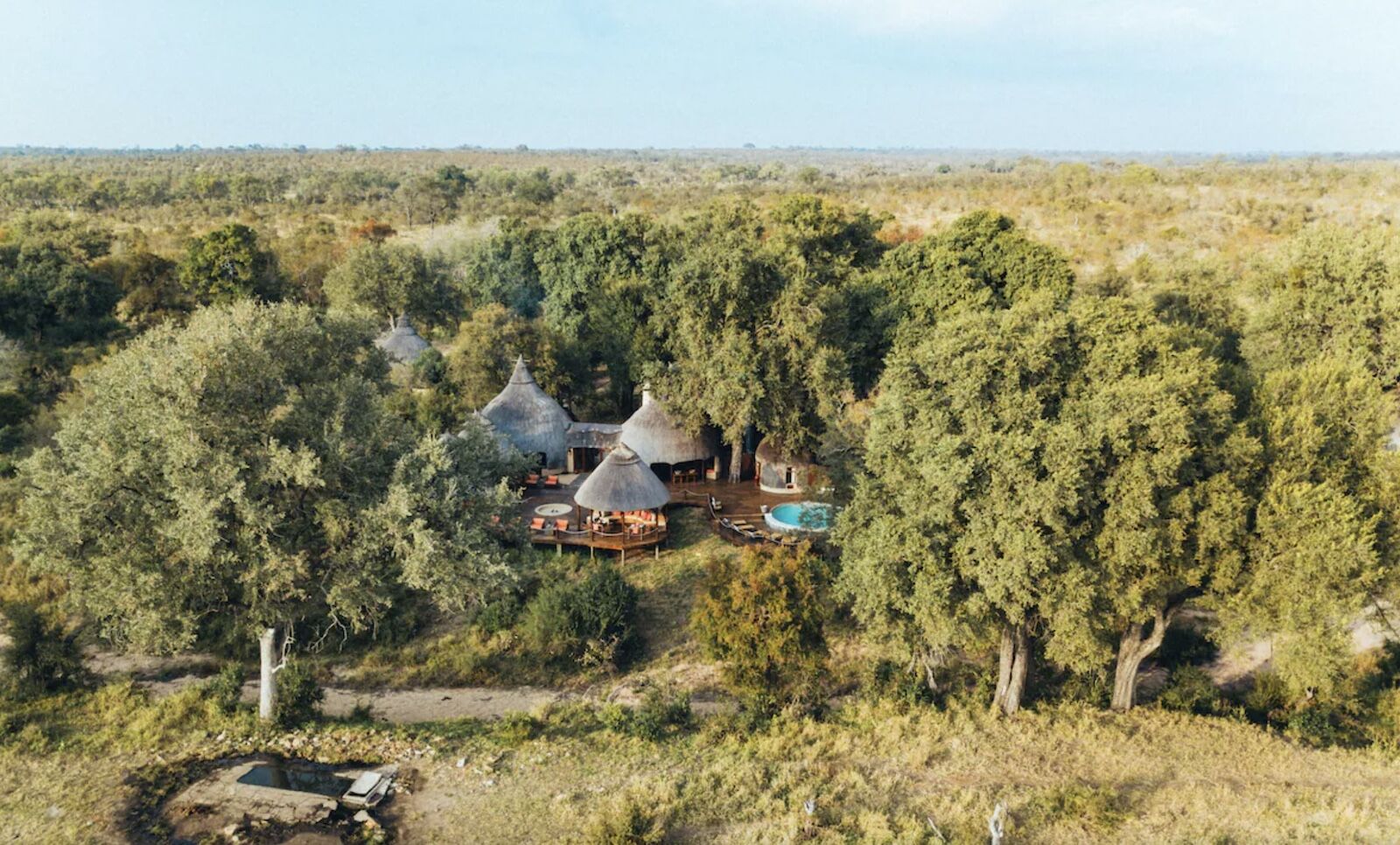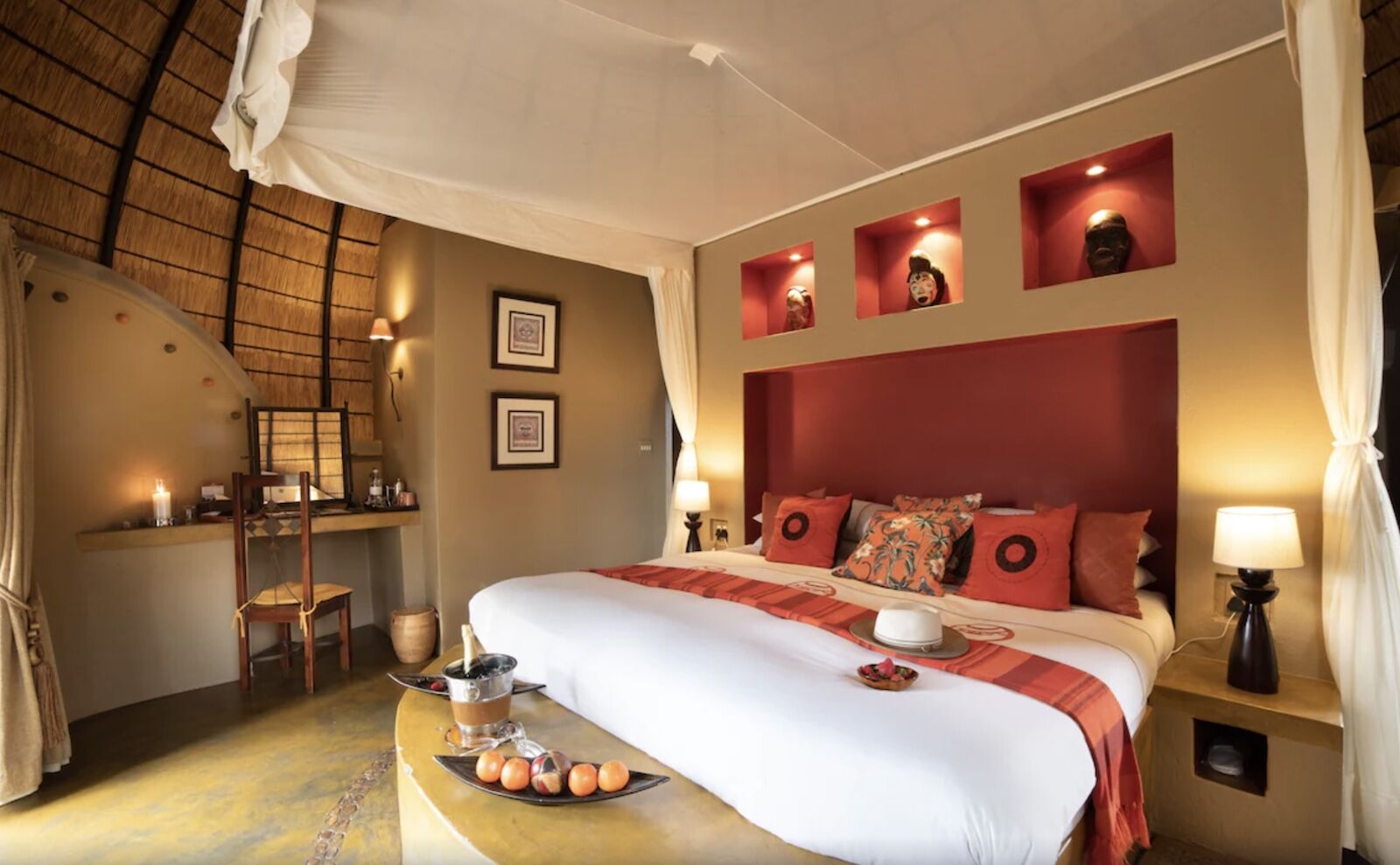Kruger National Park is probably the most popular tourist destination in South Africa. The sprawling national park is certainly the most popular safari destinations in South Africa, and potentially the world, thanks to its resident “Big Five” species. It’s a bucket-list destination for many wildlife photographers, but even a novice shutterbug is likely to get fantastic photos of herds of animals like giraffes, elephants, and other iconic species roaming the grassy landscape.
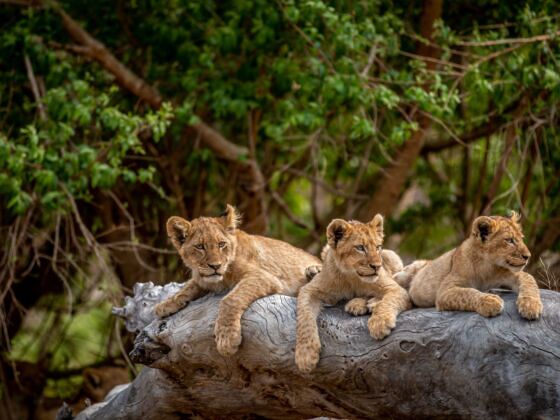
6 Things to Know Before Planning Your Kruger National Park Safari
Established in 1898, Kruger National Park holds the distinction of being one of the oldest national parks or protected areas in Africa. Over the years, the park has weathered numerous challenges, from encroachment by humans to the devastating impacts of poaching to overtourism and a COVID-spurred lack of tourism — but it’s continued to thrive, as have the tens of thousands of animals in its care.
For travelers from the US, the park is extremely popular. That’s probably because how easy it is to reach. It’s not far from Johannesburg, which has many direct flights from cities in the US. It also has multiple entrances, hundreds of options for hotels and Kruger National Park safari packages, and a well-developed park and road infrastructure. Because of that, it can be surprisingly affordable, with local hotel starting at under $100 a night year-round.
Scroll down for the basics of planning a Kruger National Park safari, including when to go, the best affordable and luxury Kruger National Park lodges, how much to budget, and how to get there.
We hope you love the hotels and activities we recommend! Just so you know, Matador may collect a small commission from the links on this page if you decide to book a stay or book a tour through one of our affiliate partners. Listed prices are accurate as of the time of publication.
Where is Kruger National Park?

Photo: Robert Wedderburn/Shutterstock
Kruger National Park is in northeastern South Africa, bordering Mozambique and Zimbabwe. It covers more than 7,523 square miles, making it larger than many US states — and many countries.
The park’s landscapes vary from dense forests and rugged mountains in the south to open savannas and arid grasslands further north. It’s the largest national park in South Africa, unless you count the combined lands of Kgalagadi Transfrontier Park, which straddles both South Africa and Botswana. Only a few other national parks on the continent are larger, such as Namibia’s otherworldly Namib-Naukluft National Park and Tanzania’s Selous Game Reserve, both of which are about 19,000 square miles.
Kruger National Park map and getting there
The Kruger National Park map above shows not just the actual park, but the two primary airports used by visitors from the States or Europe. The largest airport in South Africa is in Johannesburg, which is about a 4.5-hour drive from the park’s Malelane Gate. The park has many gates – here’s a detailed Kruger National Park map, complete with park roads and gates — so depending on where you’re staying, the drive could be much longer.
That’s why most people visiting the park fly to Kruger Mpumalanga International Airport, about 50 minutes from the park’s Numbi Gate. You can fly there from Zambia, Mozambique, and Zambia, as of July 2023. From either airport, you have several options for getting to the park: you can rent a car and drive yourself, ask your hotel to arrange an airport pickup, or book a travel package that includes your transportation from either airport. Or you can book a shuttle company like Kruger Transfers to take you from any area airport to your lodge or hotel of choice.
That’s right — any area airport. There are actually two other Kruger National Park airports: Hoedspruit, for the central park of the park, and Skukuza, if you’re heading to some of the private reserves that border the park. Both fly only to Cape Town and Johannesburg. Phalaborwa airport used to serve the northern park of the park, but it closed in 2020.
Kruger National Park weather

The rainy season can have its perks, too. Photo: JONATHAN PLEDGER/Shutterstock
Kruger National Park’s weather is pretty simple, with a dry season and a wet season.
Most people consider the dry season (May to September) as the best time to go to Kruger National Park. While there can be a bit of rain in May or September, most of this season is dry and mild, with daytime temps between the mid-60s and mid-70s Fahrenheit. Evenings can be in the 50s F, so wear an extra layer for early morning or night safaris. Another perk of the dry season is that guides usually have a good idea of where animals will be, since they tend to congregate around water sources. It can also be a bit easier to spot animals from afar as there’s less foliage for them to hide behind.
During the wet season, from October to April, it’s warmer and wetter, especially in January and February. It can be anywhere from the high 70s to the high 90 degrees Fahrenheit, and heavy rain is common. The bonus is that the park is extremely lush, spring brings a better chance for seeing baby animals, and it’s less crowded and usually cheaper to visit. And having fewer people nearby to scare off wildlife is always a plus. Do an online search for photos of busy roads in Kruger, and you may decide that the wet season is actually the best season.
Kruger National Park safaris
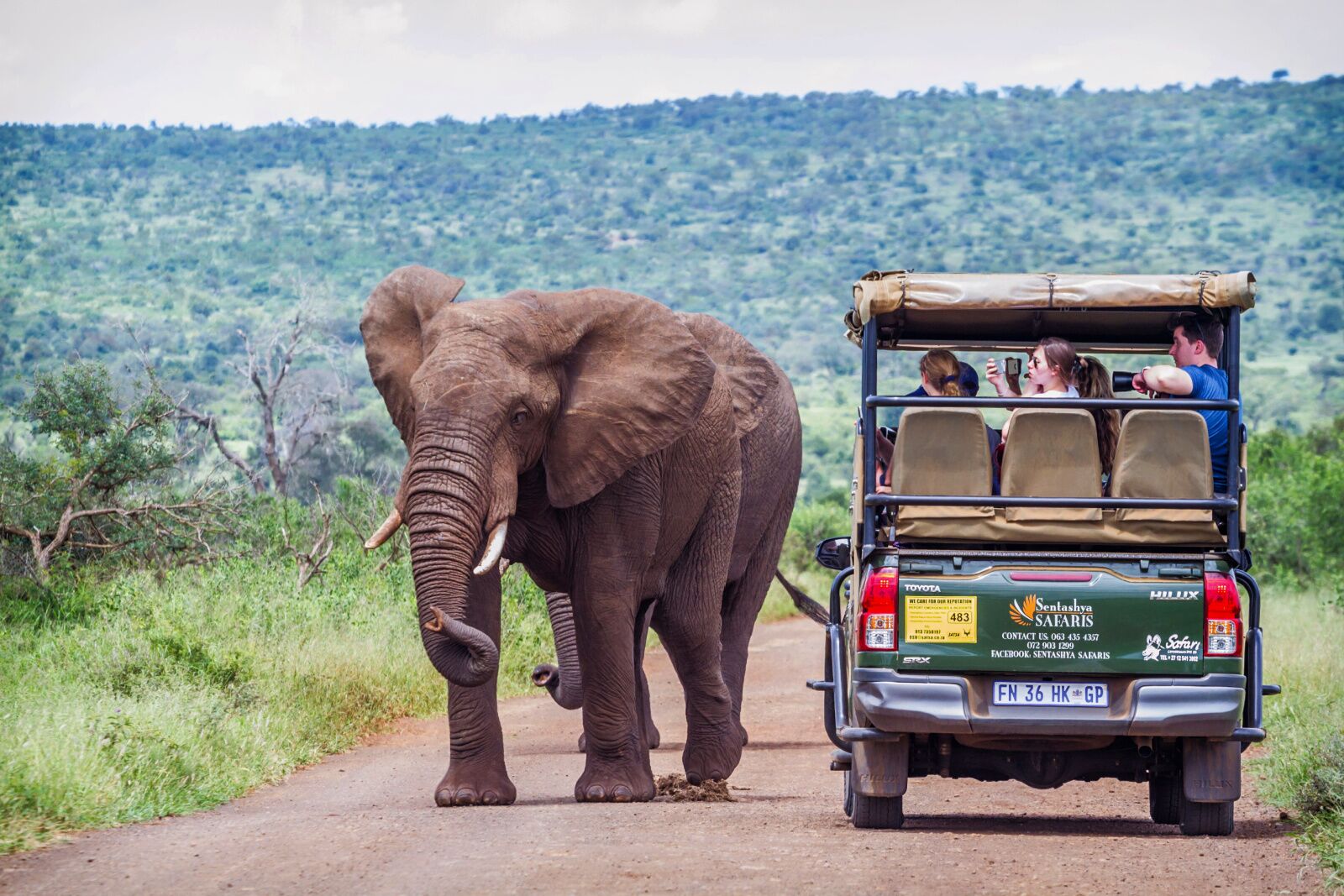
Photo: PACO COMO/Shutterstock
Nearly all visitors head to the park for the same reason: going on a Kruger National Park safari, the park’s most famous activity. Visitors have lots, and lots, and lots of options for booking a Kruger safari. In addition to game drives and walking safaris, you can book everything from hot-air balloon safaris to a guided Kruger National Park safari via mountain bike.
Option 1: Book directly with the park
The park offers several different types of safaris, called game drives, which you can book online directly through the park website. Your options include a 3-hour sunrise or sunset drive (r490, or about $25 USD), 2-hour night and late night drives (around $20), or a morning or river walking safari (r760, or about $40). The park doesn’t offer a bookable all-day drive, but you can contact the park in advance to ask about availability of safari cars if you’d like to arrange a private one. Hotels and lodges can also help arrange this.
You can also rent a car and drive yourself through the park as long as you pay the r460 ($24) per person entrance fee. Here’s a link to more than a dozen excellent self-drive routes in Kruger. Just remember that someone is going to have to drive, which is the least fun role when the rest of your party gets to search for wildlife.
Option 2: Book a safari through a tour operator
Because private vehicles are allowed into the park, you can also book a Kruger National Park safari through a private company. There are hundreds of options. Siyabona Africa offers private all-day game drives starting at r4.,653, or about $250 per vehicle (not per person). You can also opt for a shared full-day drive at r2,200 ($116) per person. And if you don’t mind an early start, Elephant Herd Tours offers a 5:30 AM start with hotel pickups before that for around $97 per person — which could be worth it to be among the first in the park that day.Alternatively, you could ask your lodge or hotel to arrange a private driver for you, if safaris aren’t already including in your lodging.
Option 3: Book a Kruger safari package
There are two kinds of Kruger National Park safari packages: packages sold through tour operators that include your lodging, activities, food and drink, transportation, and pretty much everything you need for a safari vacation; and packages booked directly through Kruger National Park lodges and resorts, which often include game drives (and sometimes your food and drink).
The most budget way to find a package will be to book one with a local operator when you arrive in either Jo-burg or one of the park’s gateway towns. You’ll find plenty of on-the-ground, local guiding companies willing to sell budget safari packages around $400-$500 for a two-night trip. For a mid-range trip you can book in advance online, expect to spend anywhere between $700 for a 4-day trip in homestays with a shared vehicle (Elephant Herd Safaris) to $1,200-ish for a five-day private tour with daily safaris through Amatungulu Tours. Luxury tours can range from a few thousand for a private multi-day tour to $10,000 or more with companies like Niarra Travel or andBeyond, where you’ll spend two or more weeks in the lap of luxury.
Your last option is to book a package through your hotel. Kruger National Park lodges like Jock Safari Lodge and Lion Sands Tinga Lodge include twice-daily game drives in the accommodation cost. More budget hotels, like Crocodile Kruger, are room-only, but the staff can assist with add-ons like daily safari drives.
Kruger National Park animals
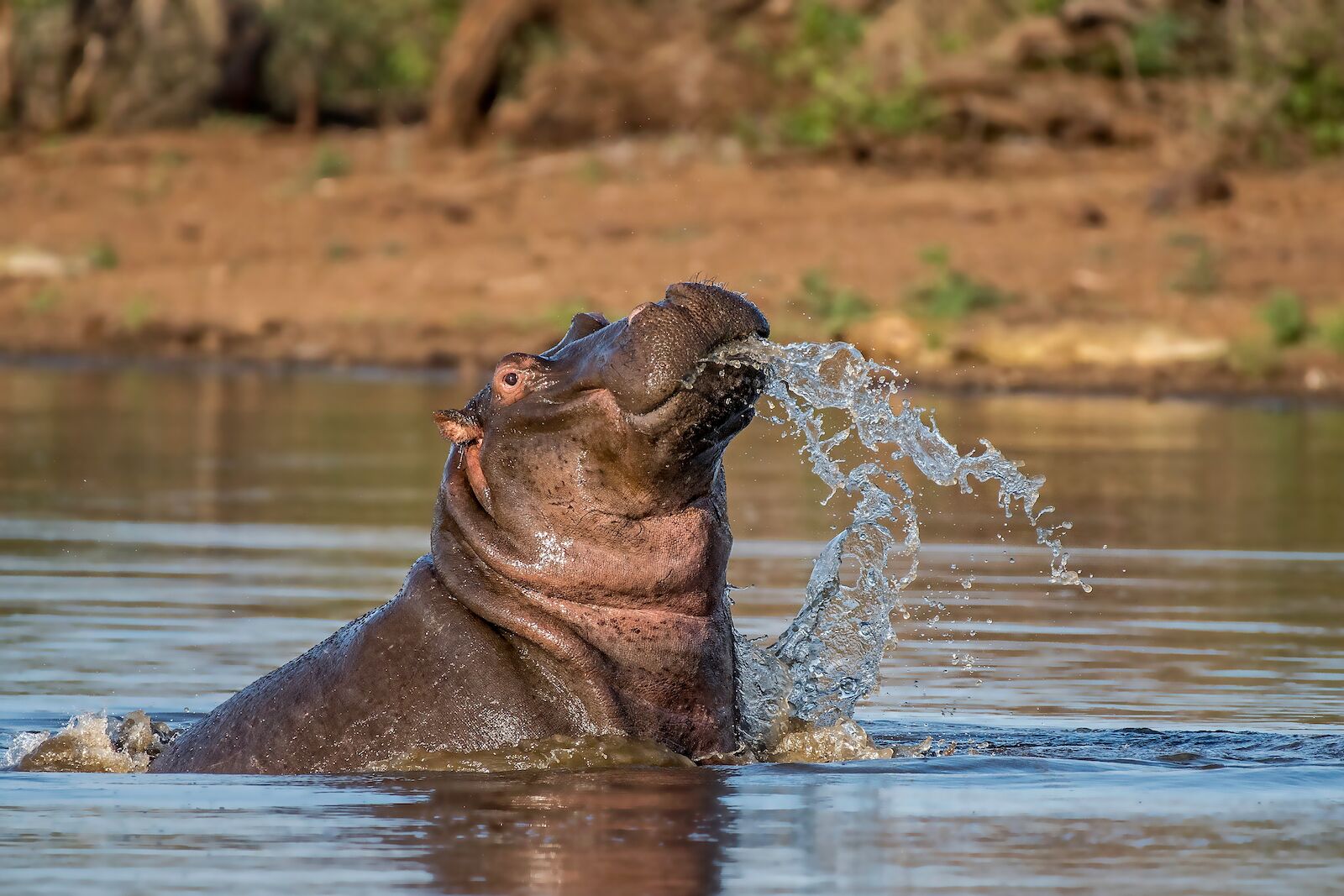

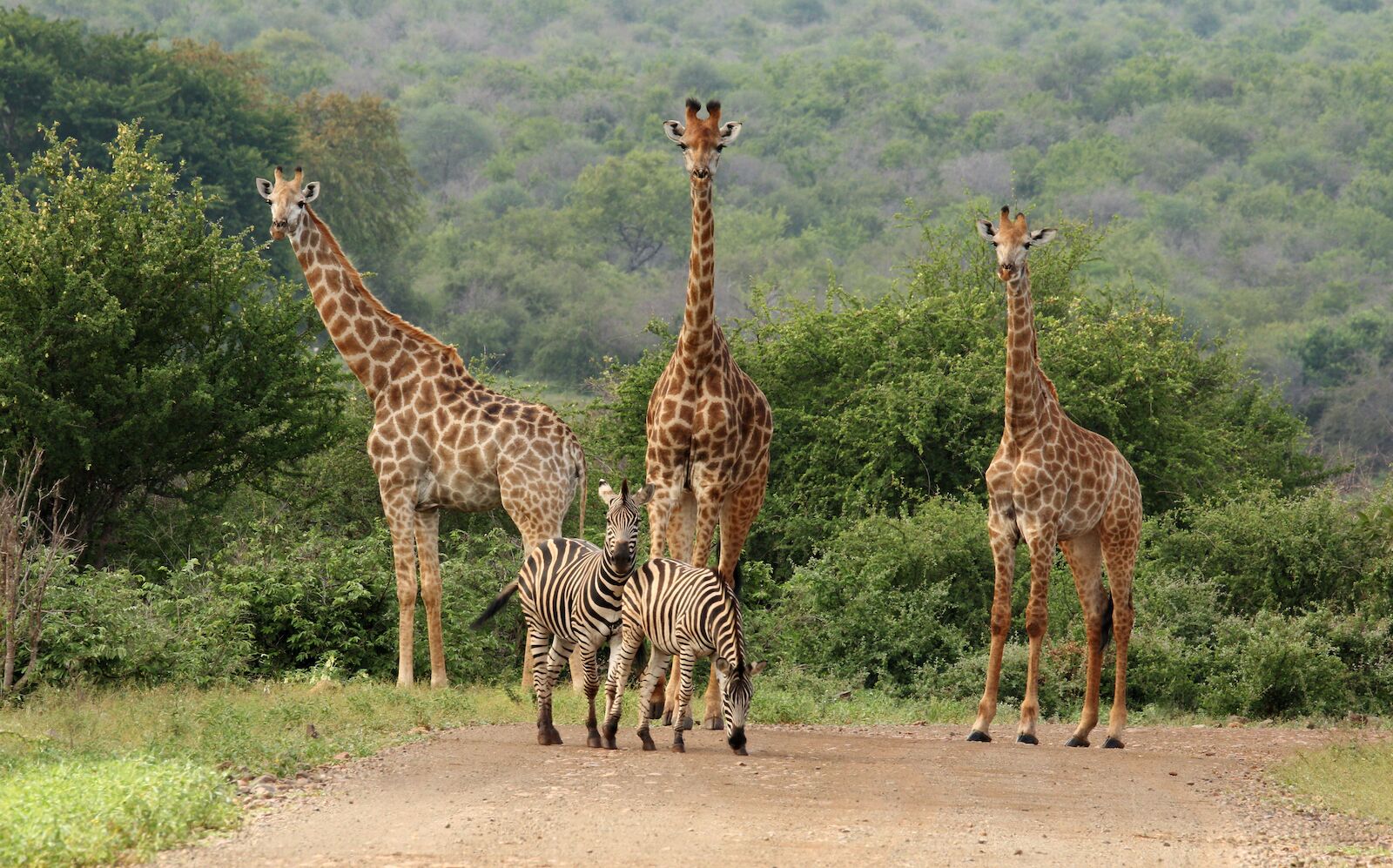

Kruger National Park offers the chance to see both giant herds of animals in sprawling grasslands, and tight interactions with single animals hidden in trees or hiding behind rocks. The park is so big that it offers pretty much every type of African wildlife sighting you can imagine, which is likely why it’s so popular with tourists.
The park is home to the famous “African Big Five”: lions, leopards, elephants, buffalos, and rhinos.
Lions are usually in the central part of the park in open savannas and on rocky ridgelines. Look around areas of the park like the Satara, Orpen, and Lower Sabie. For leopards, look on tree branches and in densely vegetated areas. Like lions, you’ll want to look for them around the Satara, Orpen, and Lower Sabie areas, plus around the Sand River.
The park has anywhere between 1,500 and 7,000 elephants; in fact, they’re starting to throw the food web out of balance. While that’s not a good thing, the large population size does mean you’re almost guaranteed to see them. It doesn’t matter so much where in the park you are, but they’re usually found around water sources or along roads in areas where they’re too big to move through the brush comfortably. Water buffalo are also more or less everywhere, often in the same area as elephants.

Photo: Ondrej Prosicky/Shutterstock // Photo: JMX Images/Shutterstock
The hardest of the Big Five to spot are rhinos. The park has both black and white rhinos, but not in large numbers; poaching has made both species extremely endangered. The southern region (between Skukuza and Lower Sabie) is a good place to start, but it requires a blend of luck and patience. Schedule a few extra days in the park if spotting rhinos is essential to you.
Aside from the Big Five, the park has species like cheetahs (also quite hard to spot), African wild dogs, giraffes (not so hard to spot), baboons, zebras, hippos, and hundreds of bird species. Kruger has one of the largest concentrations of large animal species in the world, so while you may not see the exact species you want to see on every drive, you’re bound to see something amazing.
Kruger National Park lodges

Photo: Expedia
Perhaps no safari destination in the world has more options for places to stay than Kruger National Park. The park is huge, and each entrance has dozens of hotels both inside and outside the park gates. Kruger is also one of the most popular safari destinations in the world, and hospitality companies have realized this. So there are hundreds of options, from five-star luxury hotels beloved by celebrities to budget stays owned by locals where you can sleep near the park for less than $80 a night.
However, most hotels falls somewhere in the middle — affordable stays with a touch of what’s best describes as open-air, safari chic: rooms with balconies or decks, outdoor communal spaces with firepits and couches, and amenities like infinity pools and stargazing showers.
When booking, be sure to check what’s included in your selected room or package. Some hotels include all food and drink, but not safaris; some include safaris, but nothing else; some include all your activities and your room; and some include only the room — but you can add on activities à la carte. And some offer all of the above. The details are usually front and center on the booking platforms, and if you book via Expedia, Booking.com, or similar, it will list what is included on the booking page.
Note that there’s only one downside to staying outside the park (aside from a short drive to get in every day): occasionally, the park will reach capacity just from guests staying in the park, and no outside guests will be allowed for that day. However, that’s very rare, and usually only happens once in a while on public holidays in the busy season. It’s possible, but not likely.
Crocodile Kruger Safari Lodge
Crocodile Kruger Safari Lodge is probably the best of affordable Kruger National Park lodges. It sits just outside the park on the aptly named Crocodile River, and rooms range from standard hotel rooms with patios overlooking the gardens and river to a full three-bedroom cottage with a private pool and kitchen. Rates start around $50 per person per night with breakfast, or $53 per person per night for full board — it’s a steal. Amenities include Wi-Fi, a pool, and an on-site bar. Activities are not included in the price, but the hotel can assist with booking anything you’d like to do in the area.
Lion Tree Top Lodge
Lion Tree Top Lodge hits the sweet spot between posh boutique hotel and affordable Kruger National Park lodge. All “rooms” are actually fully furnished safari tents on raised platforms in the bush. Rooms have outdoor showers and relaxation decks, which means you may be able to spot wildlife from your room.
Safaris and other activities are not included in the fee, which gives you the freedom to book whatever local operator you’d like based in nearby Hoedspruit. You can also add on safaris when you book your room if you’d rather not deal with extra planning. Rooms start at a reasonable $106 per person, per night.
Jock Safari Lodge
Jock Safari Lodge is inside Kruger National Park but owned and operated by a private company. It offers two places to stay: the Main Jock Lodge, or a private villa called Fitzpatrick’s at Jocks. The hotel sits on 600,000 acres just for hotel guests, which essentially amounts to private safari access within that space. Each safari-themed cabin has an outdoor daybed and private pool, and twice-a-day game drives are included in the cost of a stay. Rooms start around $887 a night — which seems pricey, but remember: it includes full days of game drives every day.
Hoyo Hoyo Safari Lodge
Hoyo Hoyo is another high-end Kruger National Park safari lodge, but it’s not quite as expensive as Jock Safari Lodge — rooms at Hoyo Hoyo start around $700 per night. It’s an all-inclusive Kruger resort (including twice-daily safaris and all food and drink) with a traditional style. Rooms have earthy decor with thatched roofs and natural materials, and the buildings sit naturally in a break in the tree-covered landscape.
In between the morning and evening game drives, you can relax in the pool, enjoy afternoon tea, or take a private walking tour with a local park guide.
